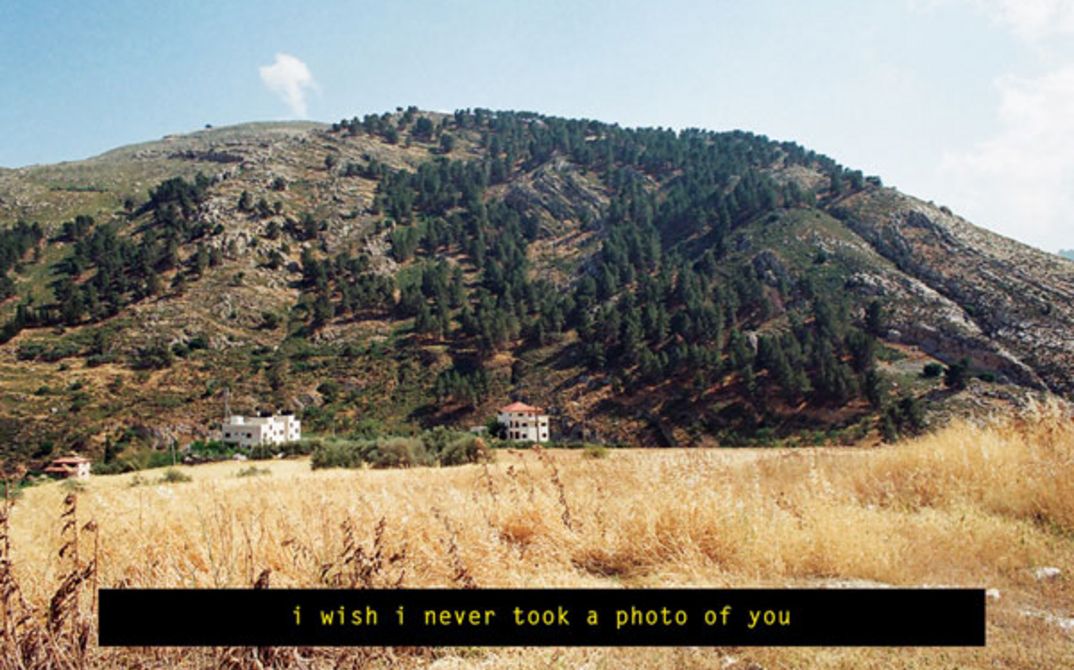“When I saw the wall for the first time, it took me by surprise. Not that I didn’t know about it from watching the news, but seeing it for the first time for real was something else. I remember I couldn’t resist being astonished when seeing that tremendous grey structure that took over the whole landscape. It became the visible landscape itself. Actually, that was the only thing I could do with it… look at it, and nothing else.
I remember it fascinated me. That first photo was this mixture of surprise and fascination in a structure, I could figure out immediately I will be seeing for a very long time. Maybe that photo was a kind of preparation for a long-term visual relation with this construction, with our future landscape.
From the Nakba in 1948 throughout the years of occupation, this landscape has been represented as an image of vanishing space, from a possible site to a distant sight that represents all these policies and structures of separation and oppression. These images are produced to represent feelings of loss and trauma of the conflict: images of olive groves, of ancient roots of villages, of the terraces, etc. Images that document the actions of the occupation, showing the gray concrete wall penetrating the land, settlements in the horizon, the misery of the queues of people waiting at checkpoints; whether mass mediated and in art, by foreign and local photographers. All these images are familiar to us; this is how we see the land; a landscape practiced through occupation and alienation. We become fixated on the visual representation of our political status, we become familiar to this landscape because we become used to seeing it as an alien place.
The problem is not in the landscape as a scene, but in the act of transforming the space to become a scene; violence isn’t only what is practiced through space, but also in making a landscape out of that violence, i.e. The Wall is not there only to separate us from the land, it is also to become our landscape.”
Yazan Khalili
A photography/film project, 91 frames in a book format
Size 46x32 cm, photos are 18x12 cm Commissioned for the Jerusalem Show, Al-Ma’mal Foundation.
Yazan Khalili, born 1981, lives and works in and out of Palestine.
